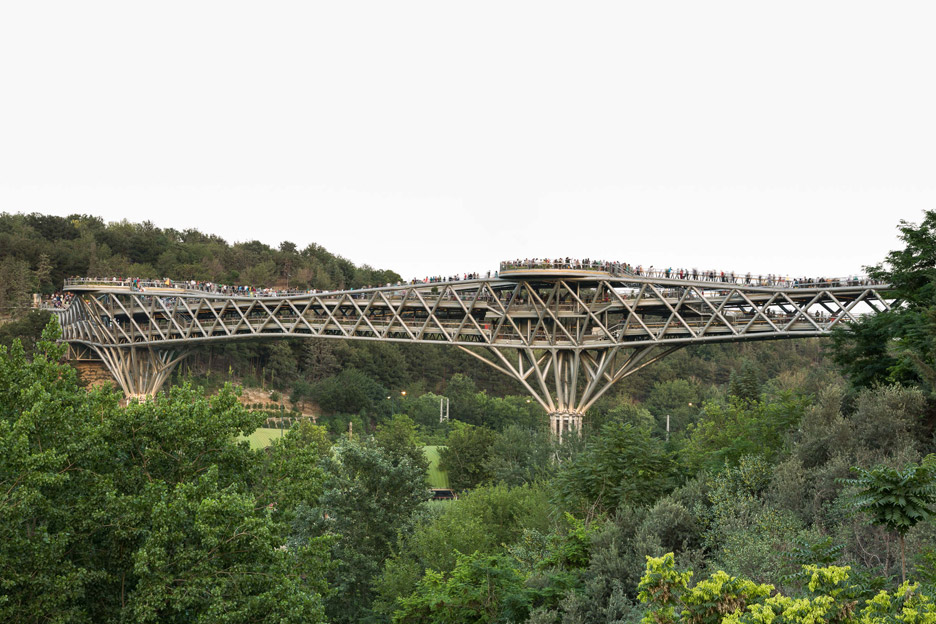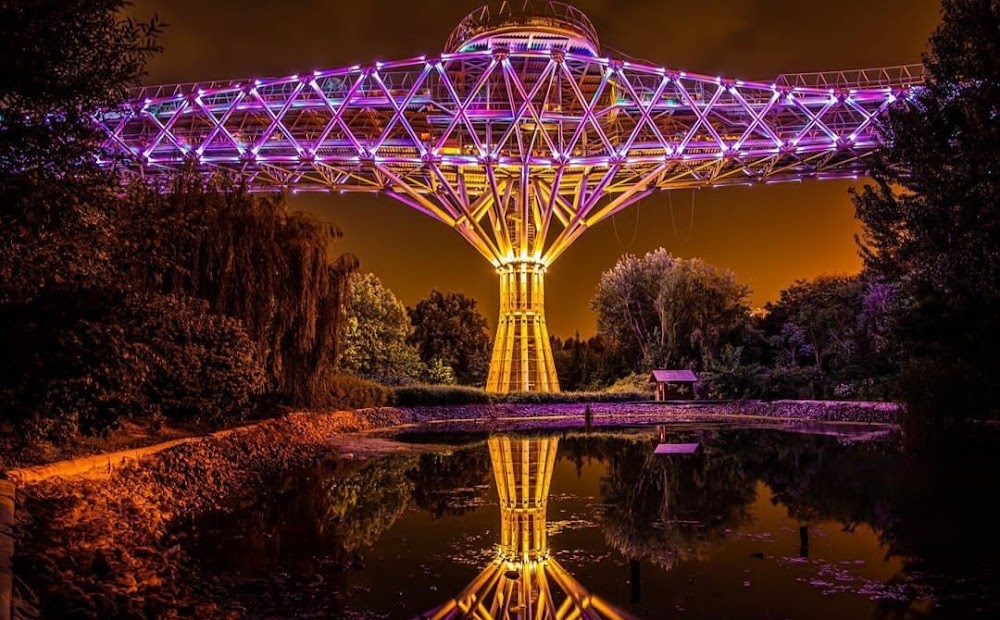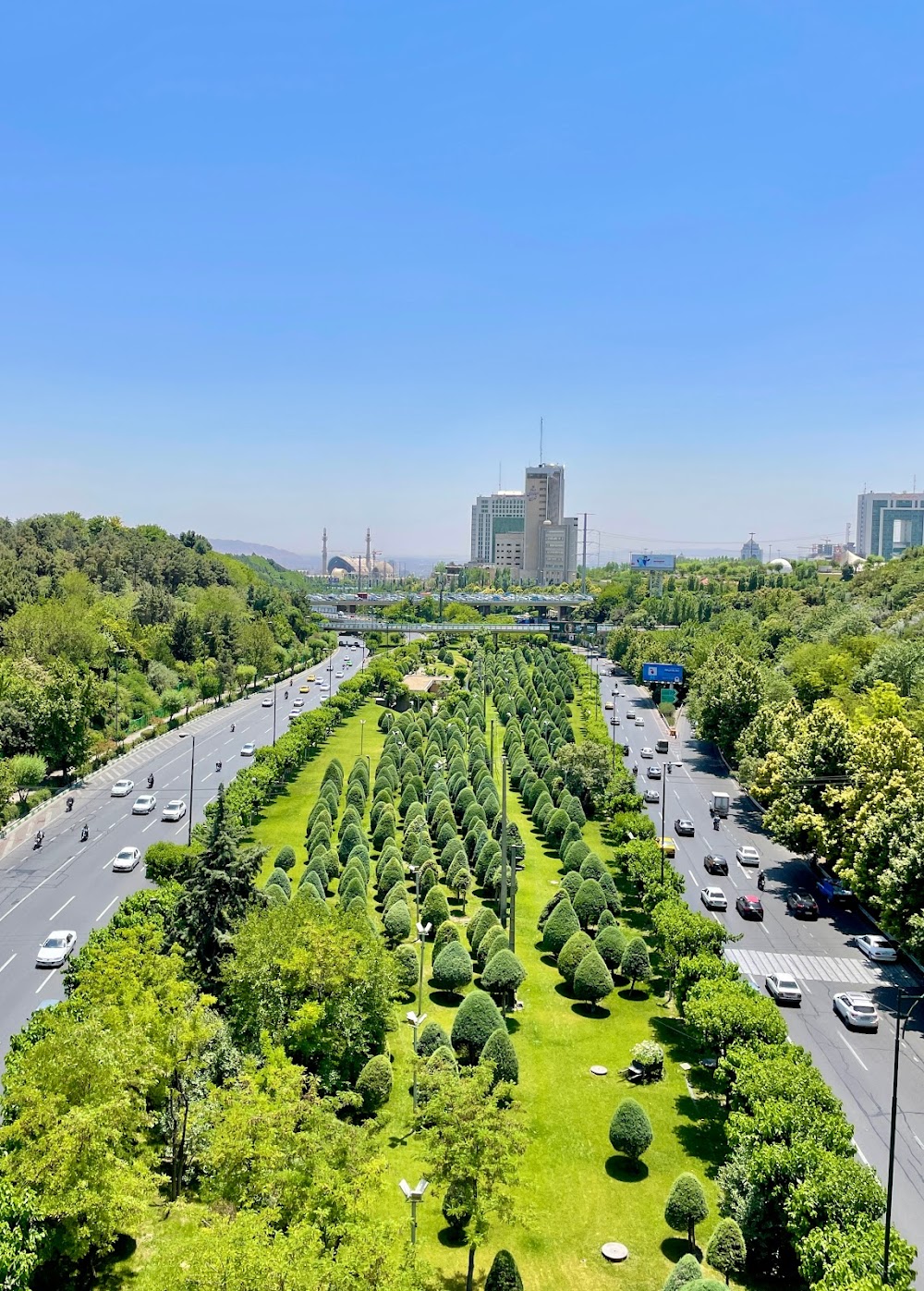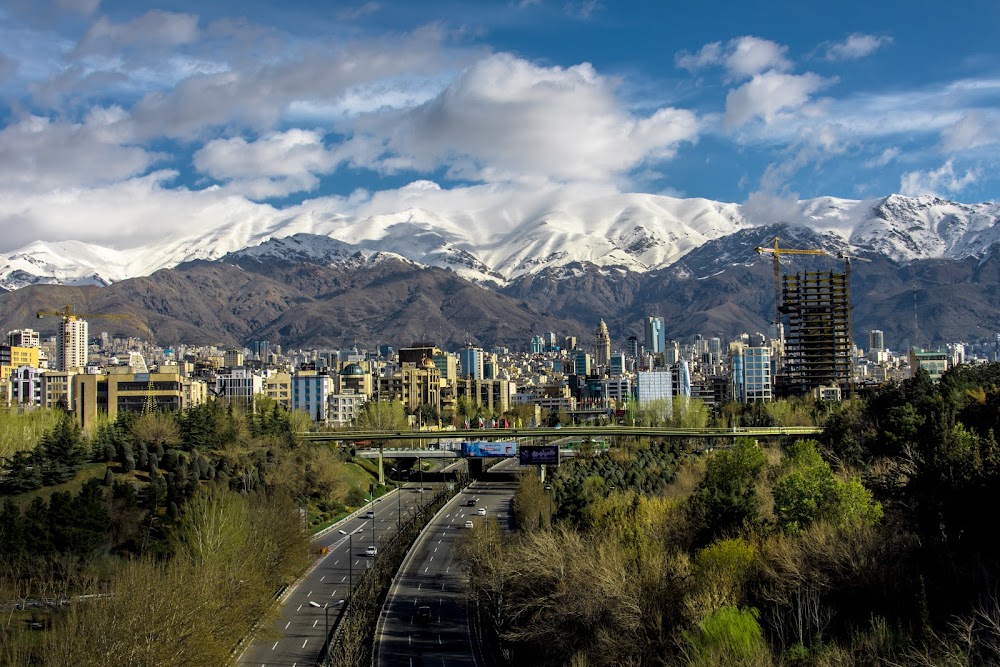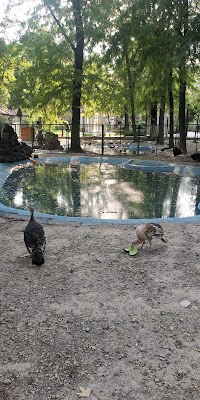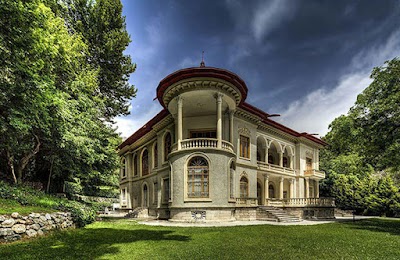Tabiat Bridge (پل طبیعت)
Related Places
Overview
Overview of Tabiat Bridge
Tabiat Bridge, a remarkable feat of modern architecture and urban planning, is located in Tehran, Iran. Designed by the talented Iranian architect Leila Araghian, who was just 26 years old at the time, the bridge is part of a larger initiative by the Municipality of Tehran aimed at enhancing green spaces and improving the urban environment of the city.
Design and Structure
Spanning an impressive 270 meters, Tabiat Bridge elegantly connects Taleghani Park and Ab-o-Atash Park, gracefully arching over the bustling Modarres Expressway. The design process began in 2009 and took five years to materialize, culminating in its official opening in October 2014. The name “Tabiat,” meaning “nature” in Persian, embodies the bridge's commitment to integrating natural elements and creating an inviting public space.
Aesthetic and Functional Features
The bridge’s design is both visually stunning and highly functional. Extensive studies and surveys were conducted to ensure it would accommodate pedestrian traffic while harmonizing with the surrounding landscape. Comprising three levels and supported by three tree-shaped columns, the curved platforms offer multiple viewpoints, rest areas, and spaces for social interaction, transforming it into more than just a transit route.
Engineering Challenges
Constructing Tabiat Bridge proved to be a complex undertaking due to its unique curves and unconventional structure. Engineers utilized advanced 3D modeling software to verify the design's feasibility and structural integrity. During construction, the bridge's steel frames were prefabricated off-site and transported to the location for assembly, minimizing on-site work and reducing disruptions to the busy expressway below.
Materials and Sustainability
The bridge is constructed from steel and concrete, blending durability with natural aesthetics. The steel beams create a striking lattice-like effect that enhances its unique appearance while ensuring strength and stability. To foster a connection with nature, the bridge features wooden pathways and green spaces, making it feel like a walk through a garden rather than simply crossing a bridge.
Cultural Significance
Tabiat Bridge is not only a transit route but also a vibrant space for cultural and artistic events. It has become a beloved destination for both locals and tourists, offering stunning views of the Alborz Mountains and the Tehran skyline. By day, it serves as a serene retreat for walkers and joggers, while at night, it transforms into a beautifully illuminated haven, with lights highlighting its architectural features.
Environmental Considerations
Ecological sustainability was a key focus throughout the design and construction processes. The bridge seamlessly blends into the surrounding environment, using sustainably sourced timber for its wooden components and employing energy-efficient lighting to minimize its carbon footprint.
Awards and Recognition
The project has garnered several national and international awards, recognizing its design and innovation. Notably, Tabiat Bridge won the prestigious “Aga Khan Award for Architecture” in 2016, cementing its status as an architectural masterpiece and a symbol of modern development harmoniously integrated with nature.
Conclusion
With its thoughtful design, community involvement, and respect for the environment, Tabiat Bridge has quickly become one of Tehran's most cherished landmarks. It provides a pedestrian-friendly space that encourages city dwellers to engage with their urban environment in a vibrant and sustainable way.


